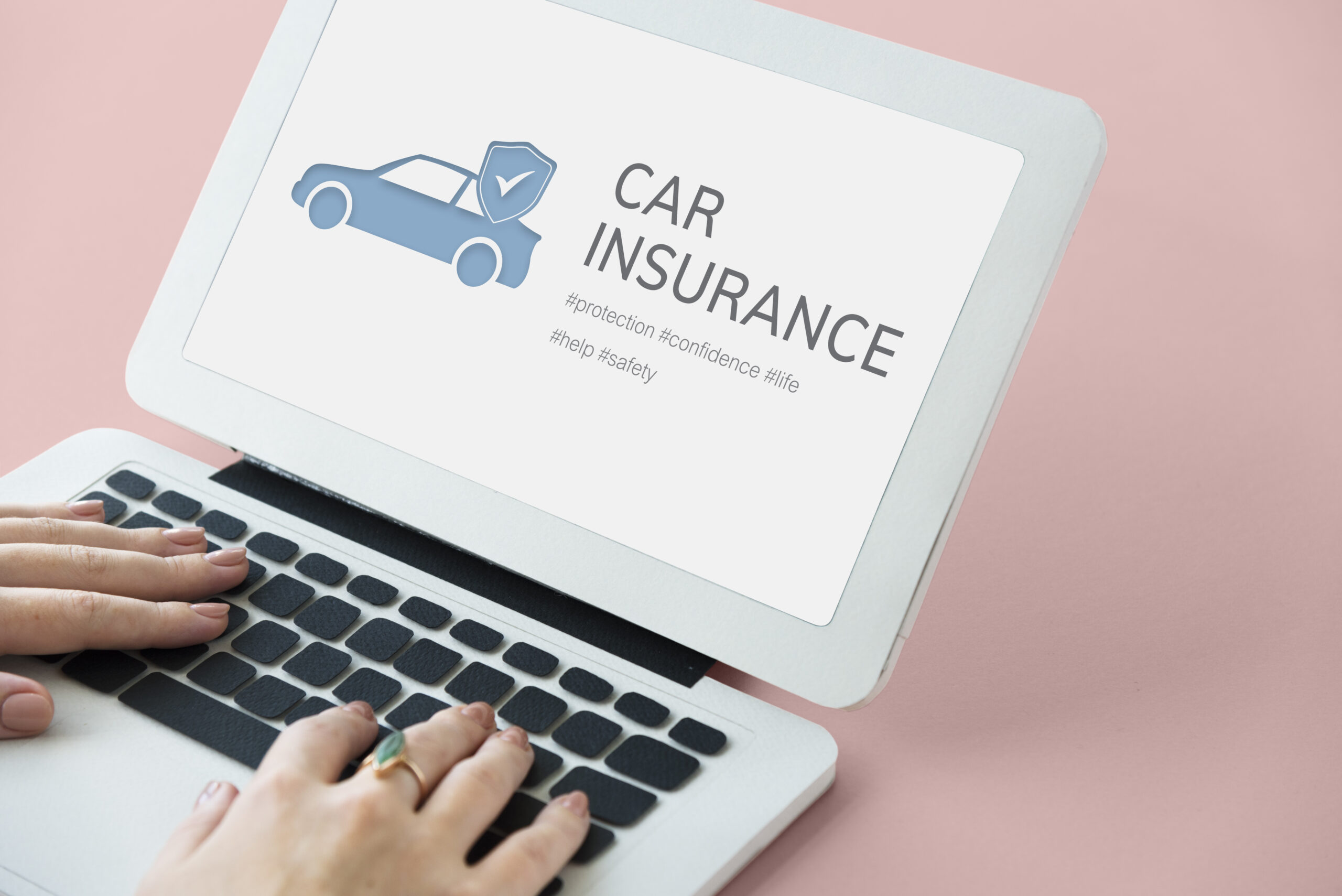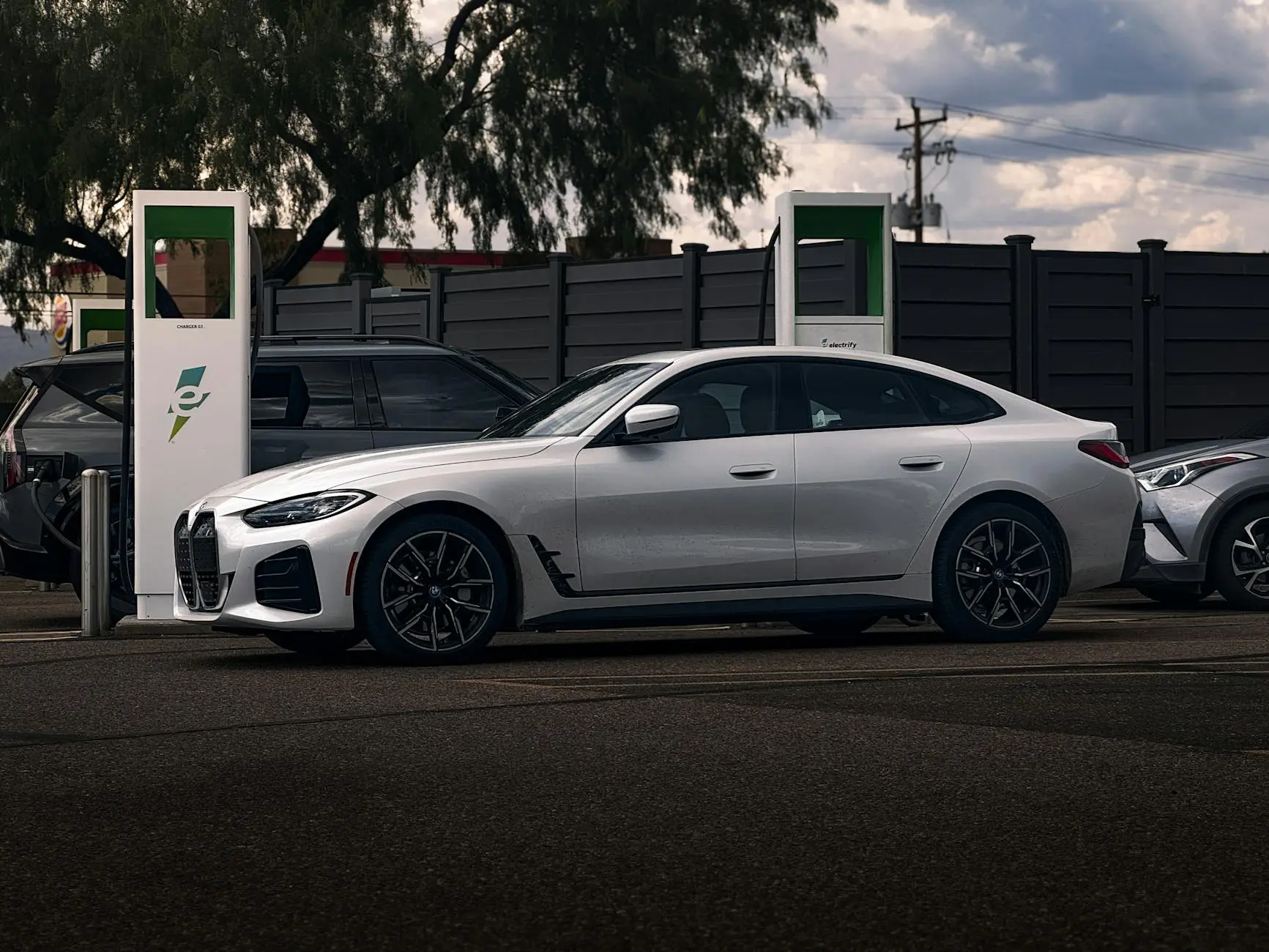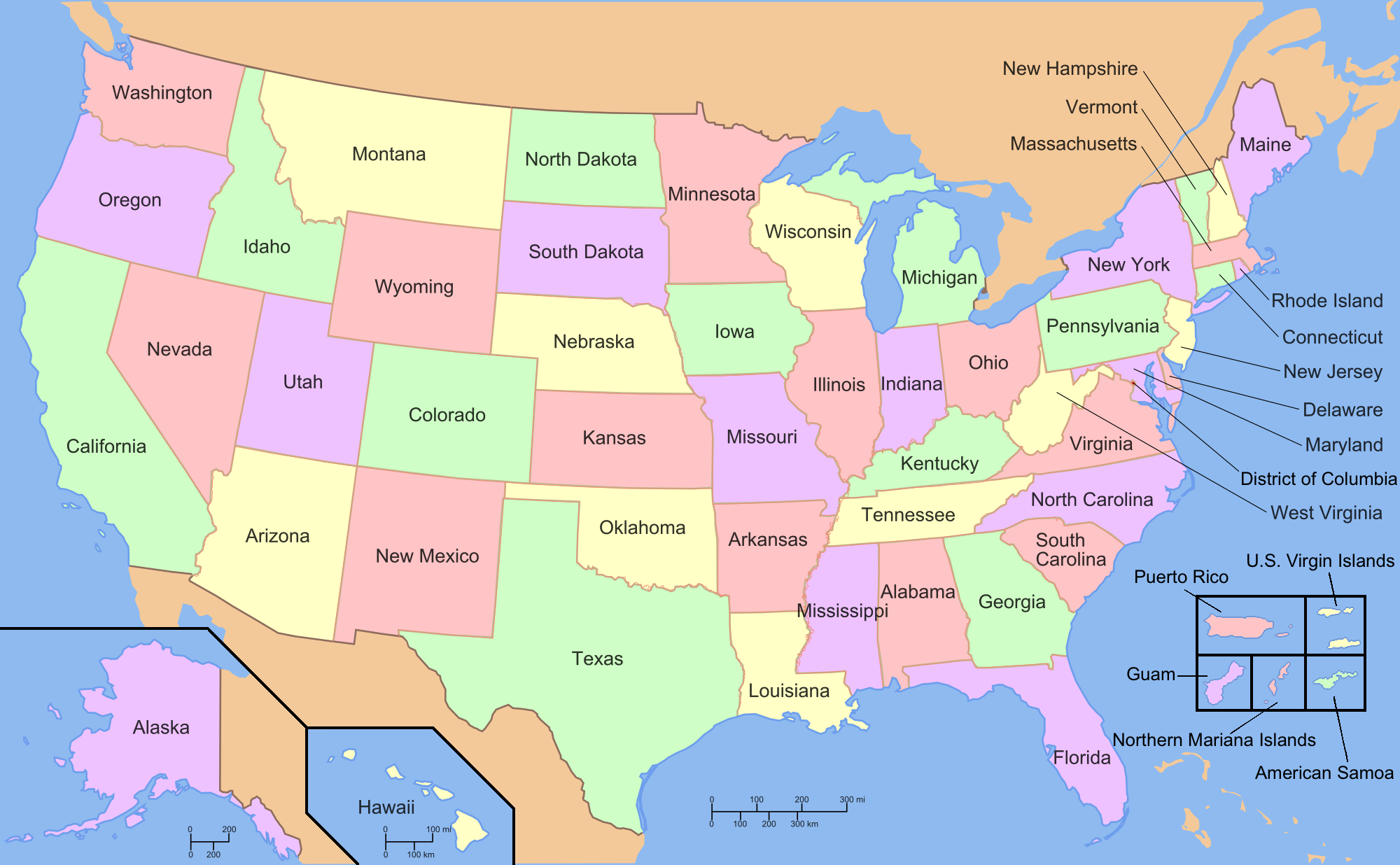The Future of Car Insurance: Trends to Watch
As we navigate the rapidly evolving landscape of the automotive industry, the field of car insurance is also undergoing significant transformation. With advancements in technology, shifts in consumer behavior, and changing regulatory frameworks, understanding the future of car insurance is paramount for both consumers and industry stakeholders. In this detailed article, we will explore the key trends shaping the future of car insurance, backed by specific examples, insights, and forecasts that promise to add substantial value to your understanding of this vital sector.
1. The Rise of Usage-Based Insurance
Understanding Usage-Based Insurance (UBI)
Usage-Based Insurance (UBI) represents a significant shift from traditional models of car insurance, which are typically based on demographic factors and historical data. UBI leverages technology—specifically telematics—to assess how policyholders drive. By tracking variables such as speed, braking patterns, and overall driving behavior, insurers can calculate more personalized premiums based on individual risk profiles.
The Impact of Telematics
Telematics devices, which can be installed in vehicles or integrated with mobile applications, provide real-time data about driving habits. This allows insurers to reward safe drivers with reduced premiums, turning car insurance into a dynamic and engagement-driven process. For instance, companies like Progressive and Allstate have already implemented UBI programs that encourage safer driving, ultimately benefiting both the insurer and the insured.
Predictions for the Future
As the adoption of connected vehicles increases, we can expect UBI to become more prevalent. The global market for telematics is projected to grow significantly, creating opportunities for more insurers to offer UBI products. This trend will likely result in a more competitive landscape where premiums become increasingly reflective of actual driving behavior, leading to reduced costs for safe drivers.
2. Artificial Intelligence and Machine Learning in Claims Processing
The Role of AI in Car Insurance
Artificial Intelligence (AI) and Machine Learning (ML) are revolutionizing the way car insurance companies process claims. These technologies can enhance accuracy, speed up claims handling, and reduce fraud—resulting in a smoother experience for policyholders.
Streamlining Claims with AI
Insurers are beginning to employ AI-driven chatbots to handle initial claims reporting and customer inquiries. For example, Lemonade uses AI to manage claims in a matter of minutes, allowing customers to receive payments quickly without the traditional back-and-forth that can slow down the process.
Future implications
As AI continues to advance, we can expect even greater efficiency in claims processing. Predictive analytics will enable insurers to anticipate potential claims and adjust their processes accordingly. Moreover, enhanced fraud detection mechanisms powered by machine learning will help ensure that the system remains fair and equitable.
3. The Adoption of Autonomous Vehicles and Its Effect on Insurance Models
The Rise of Autonomous Vehicles
With companies like Waymo, Tesla, and Uber advancing autonomous driving technology, the automotive landscape is on the brink of transformation. Autonomous vehicles (AVs) will change the way we think about car ownership and insurance frameworks.
Insurance for Autonomous Vehicles
The transition to AVs introduces a question: who is responsible in the event of an accident— the driver or the manufacturer? Traditional insurance models will need to adapt to accommodate this new reality. This could lead to innovative coverage options focused more on manufacturer liability rather than driver liability.
The Future Landscape
Insurance companies will likely begin to offer specific policies tailored to AVs, featuring extensive coverage options for both manufacturers and drivers. Additionally, fleet insurance may emerge as a new category, catering to businesses that operate fleets of autonomous vehicles, thus redefining commercial insurance altogether.
4. The Growth of Peer-to-Peer Insurance Models
Understanding Peer-to-Peer Insurance
Peer-to-peer (P2P) insurance is an emerging trend that enables groups of people to pool their resources and share risk. By setting up a group fund, participants can help cover each other’s claims, potentially leading to lower premiums and greater transparency.
The Appeal of P2P Insurance
Companies like Lemonade are leading the way in creating transparent, technology-driven P2P insurance models that appeal to millennials and Gen Z consumers. The communal aspect of P2P insurance builds trust and fosters a sense of community, which resonates particularly with younger generations seeking alternatives to traditional insurance paradigms.
Future of P2P Insurance
As more consumer preferences shift toward transparency and social responsibility, P2P insurance could gain traction. Expect to see various insurance providers testing P2P models in niche markets, possibly expanding to include automotive coverage as the market evolves.
5. Blockchain Technology and Its Impact on Insurance
The Role of Blockchain in the Insurance Industry
Blockchain technology has the potential to revolutionize many aspects of the insurance industry, including car insurance. By providing a secure, decentralized system for recording transactions, blockchain can enhance trust, speed, and efficiency.
Advantages of Blockchain in Car Insurance
Blockchain can simplify claims verification processes, making it easier to authenticate claims and minimize fraud. With smart contracts, insurers could automate claims processing, only triggering payments upon successful verification of conditions.
Future Implementations
While still in its infancy, blockchain in car insurance is expected to grow. As more companies experiment with blockchain for claims processing and customer interactions, we could see a significant decrease in the incidence of fraud and an overall improvement in customer satisfaction.
6. Enhanced Customer Experiences through Digital Transformation
The Shift to Digital Insurance Platforms
Car insurance companies are increasingly adopting digital solutions to enhance customer experience. From user-friendly websites to mobile applications that facilitate policy management, consumers are now equipped with tools to control their insurance needs at their fingertips.
Personalized and Interactive Experiences
Insurers are harnessing data analytics to create personalized user experiences. This includes offering tailored coverage recommendations and proactive communication regarding policy changes or renewals.
The Future of Customer Interaction
As technology continues to advance, we can anticipate even more interactive processes. Expect to see the introduction of augmented reality (AR) and virtual reality (VR) features in customer service, providing immersive experiences for policyholders seeking to understand their coverage better.
7. Increased Focus on Sustainability and Environmental Impact
The Shift Toward Eco-Friendly Practices
With rising awareness of climate change and environmental issues, car insurance firms are beginning to prioritize sustainability in their operations. From investing in green initiatives to offering discounts for electric vehicles, insurers are recognizing their role in promoting environmentally responsible choices.
Sustainable Insurance Products
Insurers like Aviva have begun offering discounts for eco-friendly cars, encouraging consumers to make personal choices that contribute to reduced carbon emissions. Furthermore, insurers are exploring coverage options that reflect the environmental impact, such as carbon credits for low-emission vehicles.
Future Considerations
As the demand for sustainability increases, expect to see more insurance products that cater to eco-conscious consumers. This trend may lead to the development of insurance models that reward greener driving habits and address the environmental risks associated with vehicles.
8. The Regulatory Landscape and Its Future Implications
The Role of Regulation in Car Insurance
The insurance industry is heavily regulated to protect consumers and maintain market stability. As trends evolve, regulatory bodies will need to adapt to new technologies and business models that emerge in response to consumer demands.
Emerging Regulations
Future regulations might focus on data privacy laws concerning telematics and AI, impact assessments for autonomous vehicle insurance, and the development of standards for P2P insurance. The balance between innovation and consumer protection will be the guiding principle in shaping the regulatory landscape.
The Future of Regulation
As technology and market conditions evolve, regulatory agencies will likely introduce frameworks that promote innovation while providing adequate consumer protection. Stakeholders will need to stay informed and adaptable to remain compliant and competitive.
Conclusion
The future of car insurance is poised for significant change, driven by technological advancements, evolving consumer preferences, and new business models. As the industry adapts to these trends, policyholders will benefit from more personalized policies, improved claims processes, and a greater emphasis on sustainability.
For industry stakeholders, staying ahead of these trends will require a proactive approach to innovation, customer engagement, and regulatory compliance. By understanding these dynamics, both consumers and insurers can navigate the transformative landscape of car insurance, ensuring a more secure future for all participants in this essential market.
By embracing technological change, fostering community engagement, and prioritizing sustainability, the future of car insurance promises to not only meet the needs of today’s consumers but also to tackle the challenges and opportunities that lie ahead, paving the way for a smarter, more efficient, and equitable industry.










